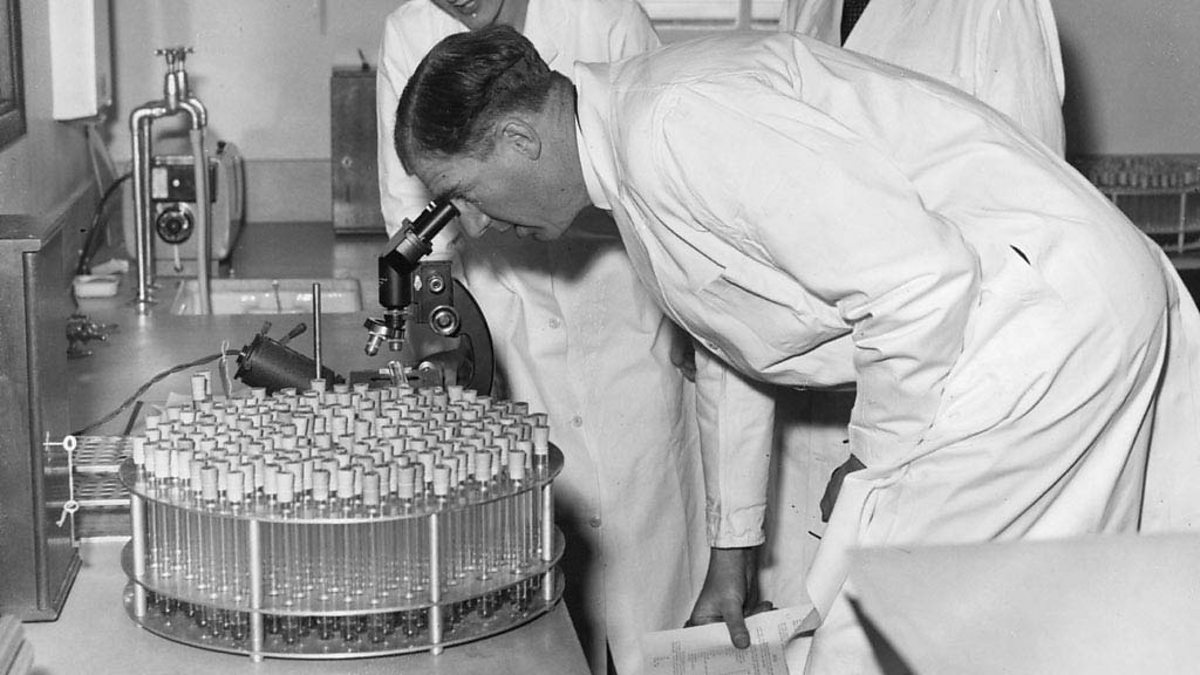In the twentieth century each science, and each branch of each science, continued its ever more intense specialization. Cooperation among pure scientists, applied scientists, engineers, bankers, business people, and government officials produced exponential increases.
The rate of travel is an example: In 1820 the fastest rate was still 12 to 15 miles an hour; railroads made it 100 miles or so by 1880; piston-engined airplanes made it 300 miles or so by 1940; jet planes broke the sound barrier in 1947, making speeds of close to 1,000 miles per hour possible; and starting in 1969 rockets propelled men to the moon at speeds exceeding 20,000 miles an hour.
Scientific respect for nature and natural laws, and scientific skepticism toward the supernatural, have added powerfully to the modern drive toward rationalism, positivism, materialism. Science continued to promote the world view that arose in early modern times and culminated in the Enlightenment of the eighteenth century. Thus the hopeful views once attributed to Voltaire or other philosophers or social scientists became increasingly, though not unfailingly, the preserve of science.

